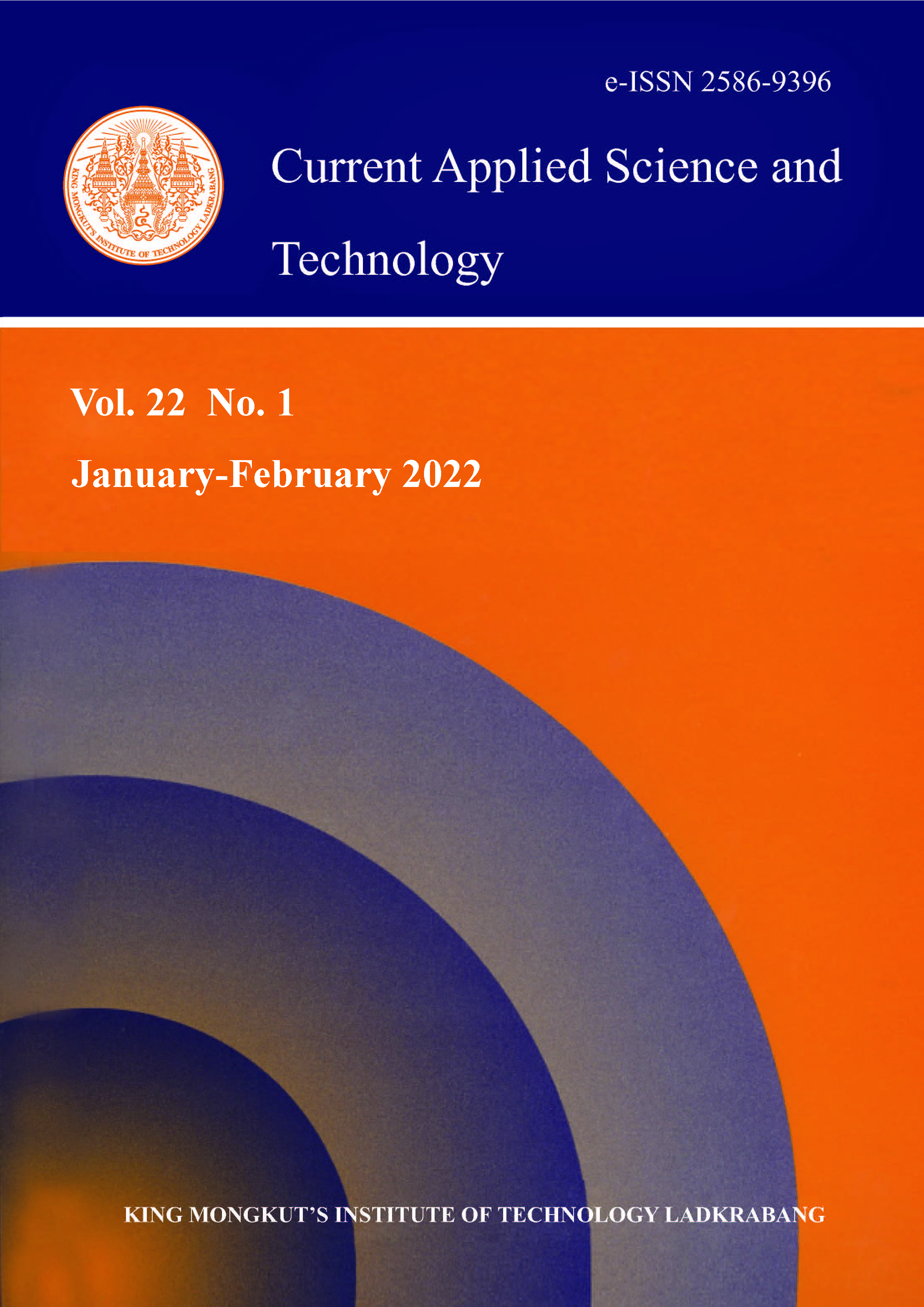The composition of the essential oils and the antioxidant properties of Origanum heracleoticum L. leaves and flowers collected from four different natural populations in Bulgaria (two locations in Kresna Gorge and two locations in Rhodopes Mountain) were studied and compared with those of micropropagated and field-adapted plants. Explants for micropropagation from wild-growing plants from Gorna Breznitsa (Kresna Gorge) were used. The enzyme antioxidant potential characterised by the activity of superoxide dismutase, catalase, guaiacol peroxidase, ascorbate peroxidase as well as the non-enzyme antioxidant potential characterized by the content of phenols, flavonoids, water- and lipid-soluble antioxidant metabolites, were affected by environmental conditions and type of propagation (wild or micro). The highest enzyme antioxidant potential was observed in the flowers and leaves of the micropropagated plants, followed by the plants collected from Gorna Breznitsa. The variation in the content of metabolites with antioxidant potential in the Greek oregano collected from the two locations from each two areas of Bulgaria was detected. The higher content of phenols and flavonoids was detected in micropropagated plants as well as in wild-plants collected from two localities from Kresna Gorge, when compared with the wild-plants collected from Eastern Rhodopes. Forty-five compounds in the O. heracleoticum essential oil collected from the native populations were identified. Based on the essential oil composition, and especially on the carvacrol and thymol contents, the O. heracleoticum plants from all investigated natural populations in Bulgaria belonged to the carvacrol chemotype. Besides environmental conditions, another factor that affected the composition of O. heracleoticum essential oil was the existence of chemotypes.
Keywords: Origanum heracleoticum L.; essential oils; enzyme and non-enzyme plant antioxidant capacity; micropropagation
Geneva*, M. undefined. ., Zayova, E. undefined. ., Hristozkova, M. undefined. ., & Stancheva, I. undefined. . (2021). Antioxidant Capacity of Origanum heracleoticum L. Flower and Leaf Extracts and Their Essential Oil Profiles of Plants from Micropropagation and Collection from Natural Habitats. CURRENT APPLIED SCIENCE AND TECHNOLOGY, DOI: 10.55003/cast.2022.01.22.015 (14 pages). https://doi.org/10.55003/cast.2022.01.22.015
